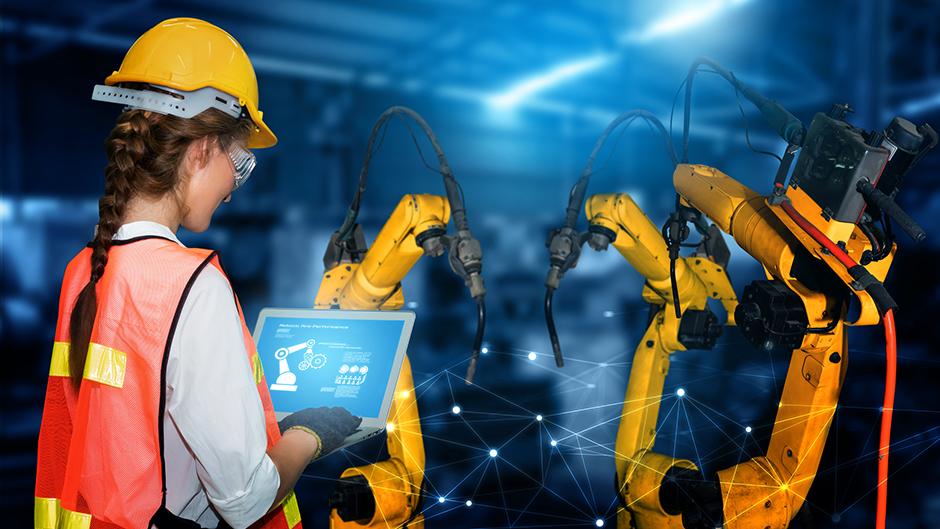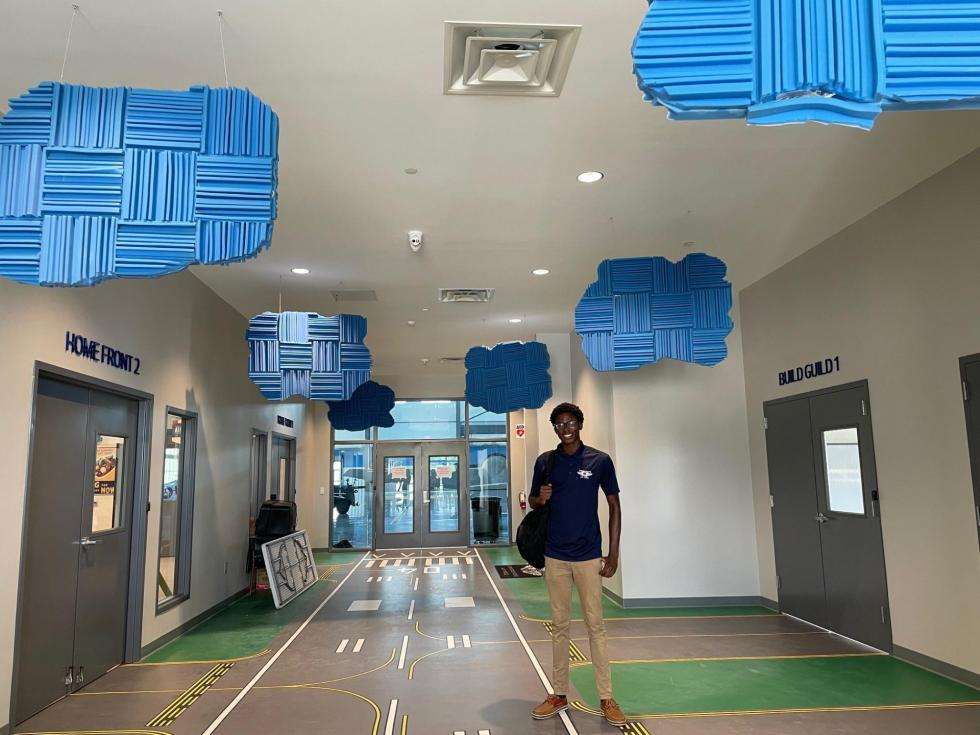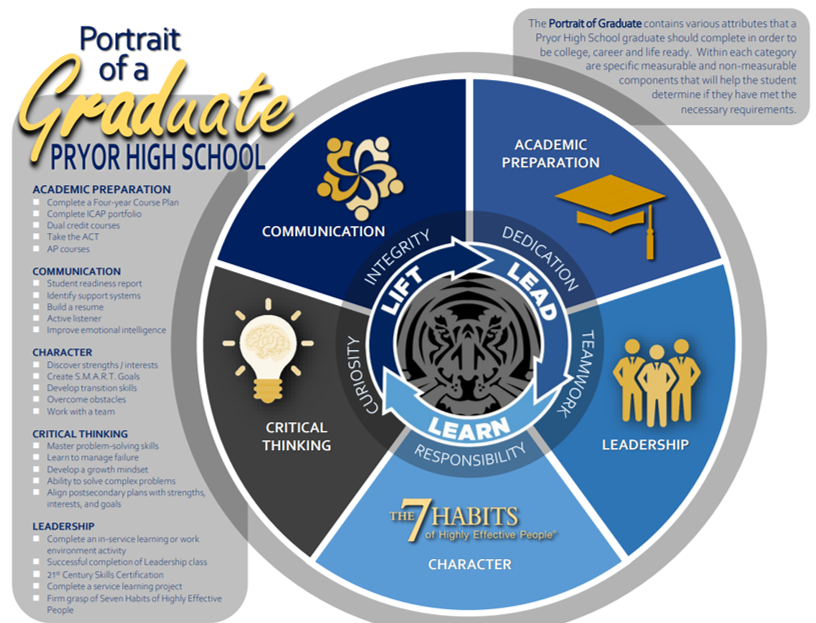CTE and Industry 4.0
The Fourth Industrial Revolution: Prepare Your CTE Program
By Zach Riffell and Diane James, SREB
 The workforce is rapidly undergoing a transition, and technologies like automation and artificial intelligence are replacing millions of workers in many fields, from manufacturing to traditional hospitality and service jobs. While technological advancements may increase productivity and efficiency for employers, they are also increasing the pressure on individual workers to retrain and reskill so they can work with and alongside these technologies.
The workforce is rapidly undergoing a transition, and technologies like automation and artificial intelligence are replacing millions of workers in many fields, from manufacturing to traditional hospitality and service jobs. While technological advancements may increase productivity and efficiency for employers, they are also increasing the pressure on individual workers to retrain and reskill so they can work with and alongside these technologies.
News headlines suggest that this retraining process isn’t happening quickly enough to meet labor market demand. Preparation for these rapidly changing, technology-enhanced jobs can’t begin with on-the job training. It needs to begin in schools.
Schools and career and technology centers are laser-focused on preparing students for the demanding jobs of what many call the fourth industrial revolution — or Industry 4.0 — because the economic consequences are dire for communities if they are not. As in previous industrial revolutions, the rise of new technologies may create more paths to the middle class, but only for those individuals who have the skills to participate.
A Short History of Industrial Revolutions
The first industrial revolution was the transition from hand production to machines that used steam and waterpower. Industry 1.0 helped build a strong middle class in America and in Europe. Industry 2.0 was the technological revolution that brought with it assembly lines and machines that used electricity. Communications tools like the telegraph played a large role in promoting the globalization of ideas and economies. Industry 3.0 led the transition from mechanical and analog control systems to fully digital control systems.
With Industry 4.0, computers make decisions using vast amounts of data, leading to increased system efficiencies. Computers now make predictions about potential issues and opportunities so quickly and accurately that companies can get ahead of diverse economic, supply chain or workforce situations before they take place. Robots of all shapes and sizes can then execute decisions while providing feedback in real time.
Preparing Students for the Workforce
Industry transformations have presented great opportunities to increase the size of the middle class, but these opportunities exist only for those who have the skills needed by the workforce.
At the 2021 Making Schools Work Conference, districts and schools in Texas and Oklahoma, among others, shared their programs and strategies for preparing students for jobs of the future. Despite their differences in size or location, their approaches are similar: developing partnerships with business, industry and the community, increasing work-based learning opportunities and offering programs that meet local workforce needs.
Dallas Independent School District is invested in ensuring their students don’t become obsolete — now or in the future workforce. The district’s bold goal is to not only double the number of graduates in the region who earn a living wage in the next 20 years, but to also eliminate racial disparities in who earns a living wage.
 “What really got us started on the right track is connections,” says Richard Grimsley, director of career and technical education for Dallas ISD, a district of 228 schools that serves a student population that is nearly 90% economically disadvantaged.
“What really got us started on the right track is connections,” says Richard Grimsley, director of career and technical education for Dallas ISD, a district of 228 schools that serves a student population that is nearly 90% economically disadvantaged.
“We felt we needed partnerships to get our students out of poverty and meet the demand of high-wage jobs,” says Grimsley. So the district partnered with the city of Dallas, the Dallas Regional Chamber, Dallas College and business and industry leaders in an initiative called Dallas Thrives.
The district is implementing a variety of work-based learning initiatives, themed-based academies, 18 P-TECHs — Pathways in Technology Early College High School, a career-focused grades 9-14 school model that prepares high school students to earn an associate degree — and three career institutes, Dallas ISD’s version of a shared-time technology center. Career institutes offer CTE programs of study that meet local workforce needs. Industry professionals teach the courses, and industry partners provide summer internships to juniors and seniors.
Dallas ISD also employs seven individuals in its CTE department who are solely focused on securing industry partners to support the district’s CTE campuses and programs. Grimsley said his team has generated relationships with over 200 companies committed to supporting Dallas ISD students and programs.
As early as the middle grades, Dallas ISD students begin exploring a broad array of careers. Every middle schooler takes a career exploration course that helps them select a program of study in either CTE or the fine arts when they get to high school. Work-based learning opportunities like job shadows, jobsite visits and internships are infused in each program of study at every grade level.
Preparing the Future Workforce
Pryor High School in Pryor Creek, Oklahoma, is in the process of building CTE partnerships that look much like Dallas ISD’s P-Tech program, notes Jenny Peters, an Advanced Career Manufacturing and Automation teacher at the school. The guiding force behind all decision-making is the Pryor High School Portrait of a Graduate, which emphasizes academic preparation, leadership, seven habits of highly effective people, critical thinking and communication.
Advanced Career is a STEM-intensive, career-focused curriculum developed by the Southern Regional Education Board in partnership with teachers, employers and state leaders. The cornerstone of each research-based AC curriculum is an emphasis on hands-on project-based learning that teaches essential academic, technical and employability skills.
Peters was hired out of industry three years ago to jumpstart the school’s career pathway programs. “The goal was to provide a college and career-ready curriculum for students to engage in … and prepare students for various careers,” says Peters. Students in her program do exceptionally well, scoring the highest on the end-of course assessment of any school in the nation.
“One thing that’s really important is student feedback and listening to the students and what they experience,” says Peters. Most students in her program participate in project-based learning and work-based learning activities that allow them to engage with industry leaders; these include industry tours and opportunities to receive expert mentoring and feedback on their public presentations and projects.
On a regular basis, Peters invites industry partners to talk to her students about what they do in their daily work and what types of skills students will need in various jobs. Students also benefit from visiting a nearby industrial park and interacting with industry professionals in the course of completing their projects.
Advice for Schools or Centers
For schools or tech centers wanting to get further immersed in preparing students for the Industry 4.0 workforce, Grimsley suggests reaching out to their local chamber of commerce because “they have their thumb on the pulse of what’s going on in the community.” He also encourages schools and centers to look into partnering with their local United Way and trade associations in plumbing, construction or welding. “It’s a way to get to a lot of businesses in a one-stop shop,” says Grimsley.
Contacts: Richard Grimsley, tgrimsley@dallasisd.org; Jenny Peters, petersj@pryorschools.org
This article was featured in the February 2022 issue of SREB School Improvement’s Promising Practices Newsletter.



